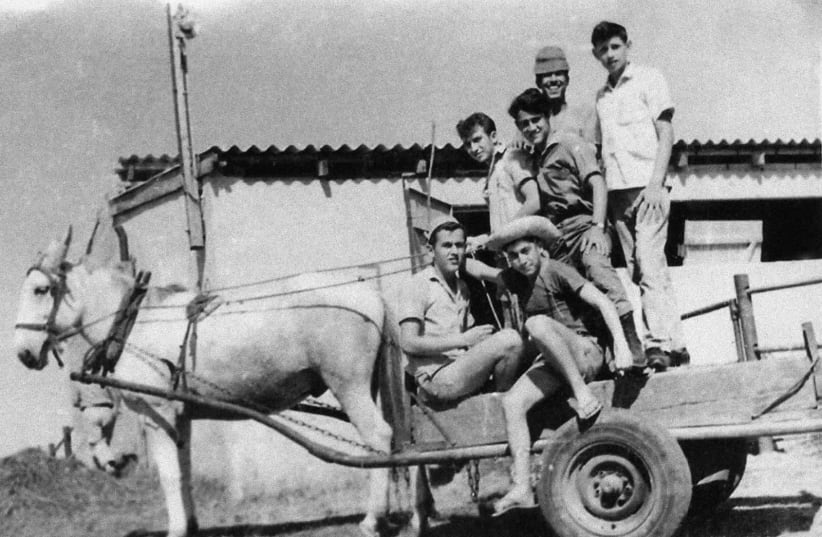Celebrating 90 years of The Jewish Agency at Ben-Gurion Airport
“The message of the important role of The Jewish Agency throughout the past 90 years,” said Isaac Herzog, chairman of The Jewish Agency, “will be imparted upon all who pass this wonderful exhibit."
